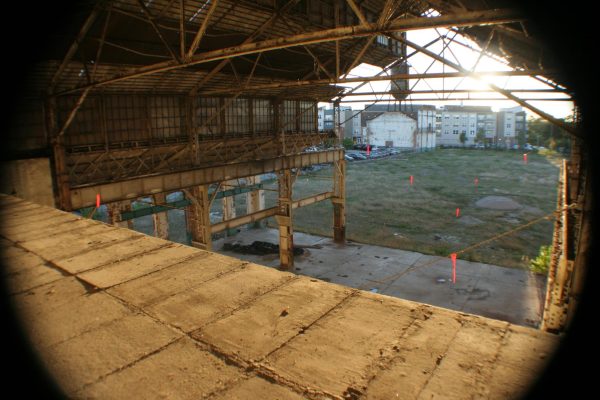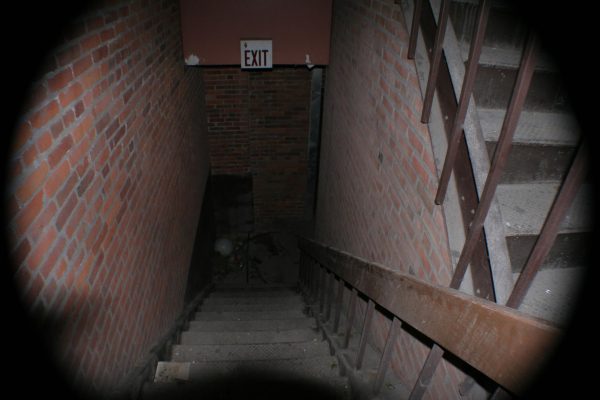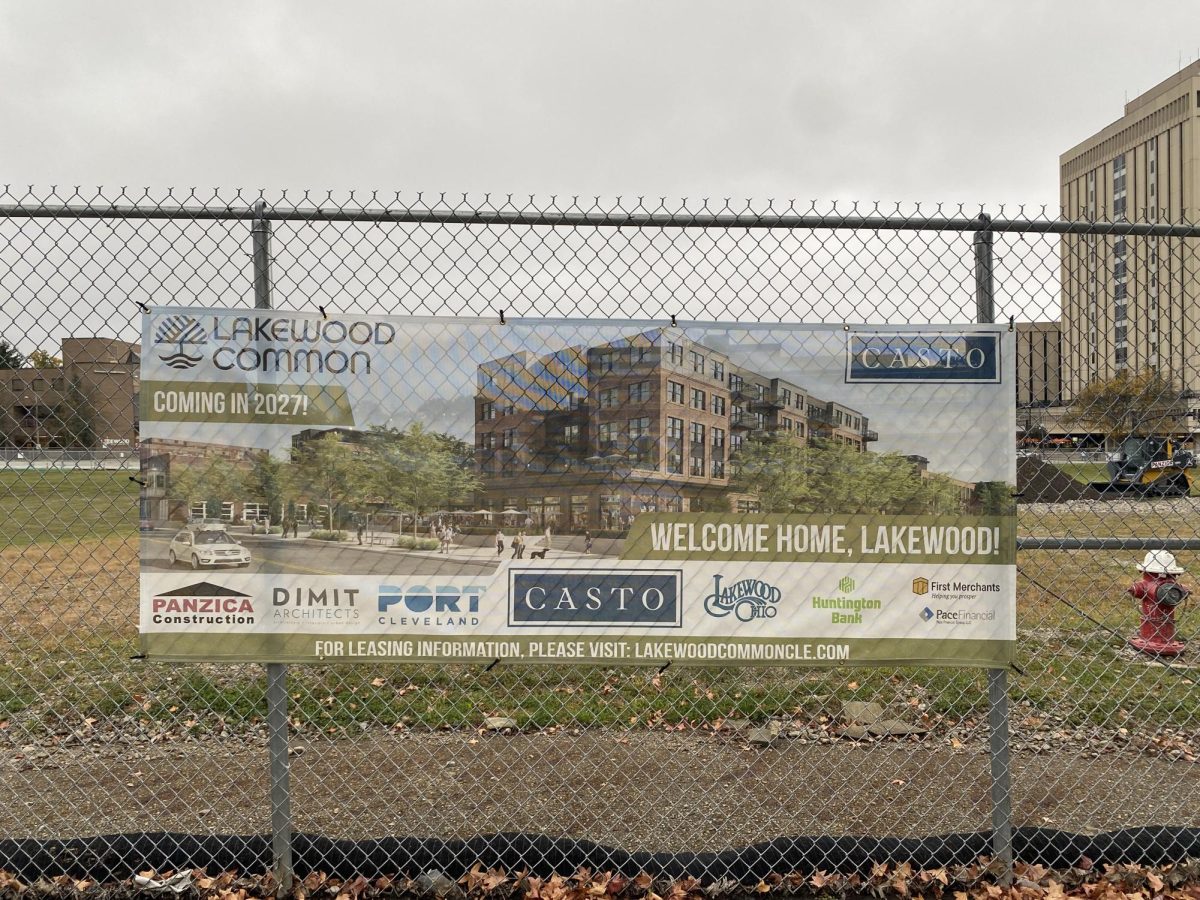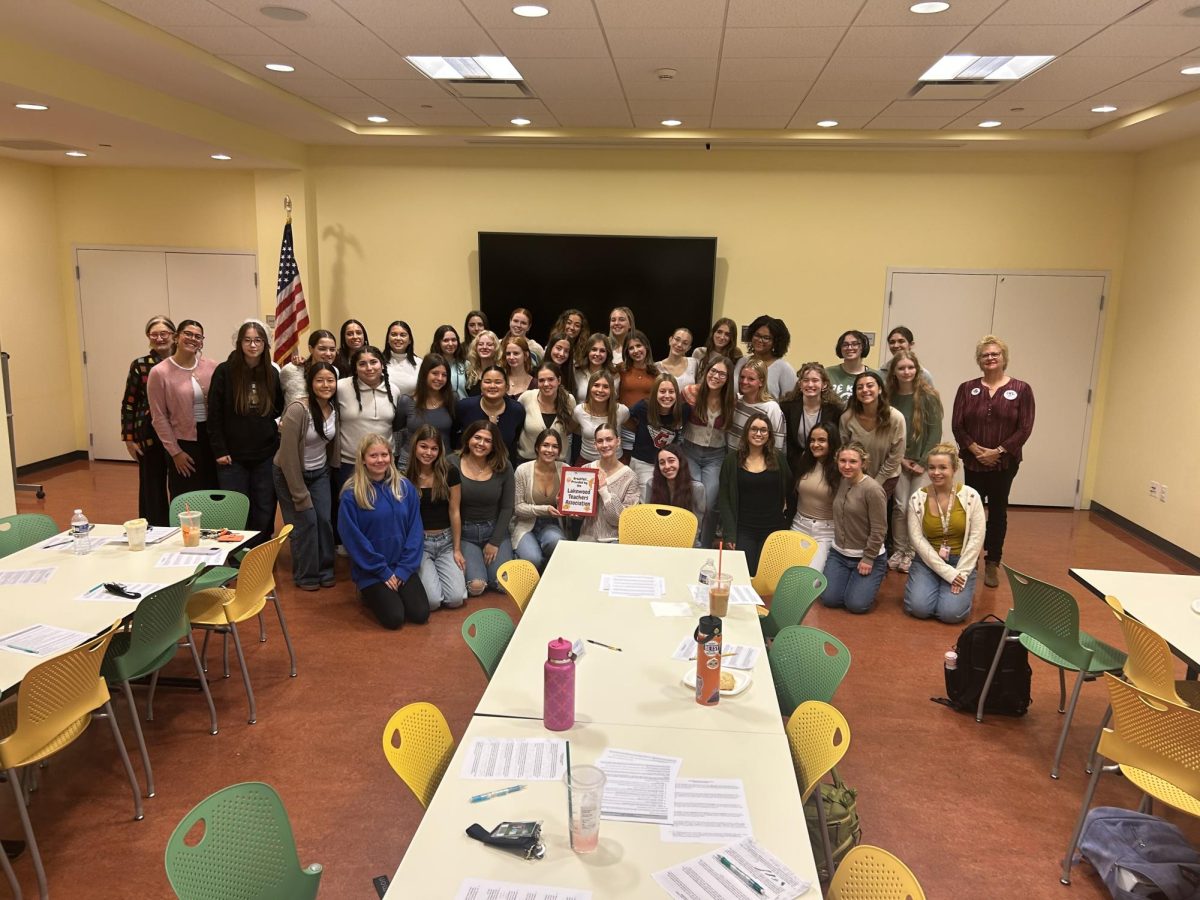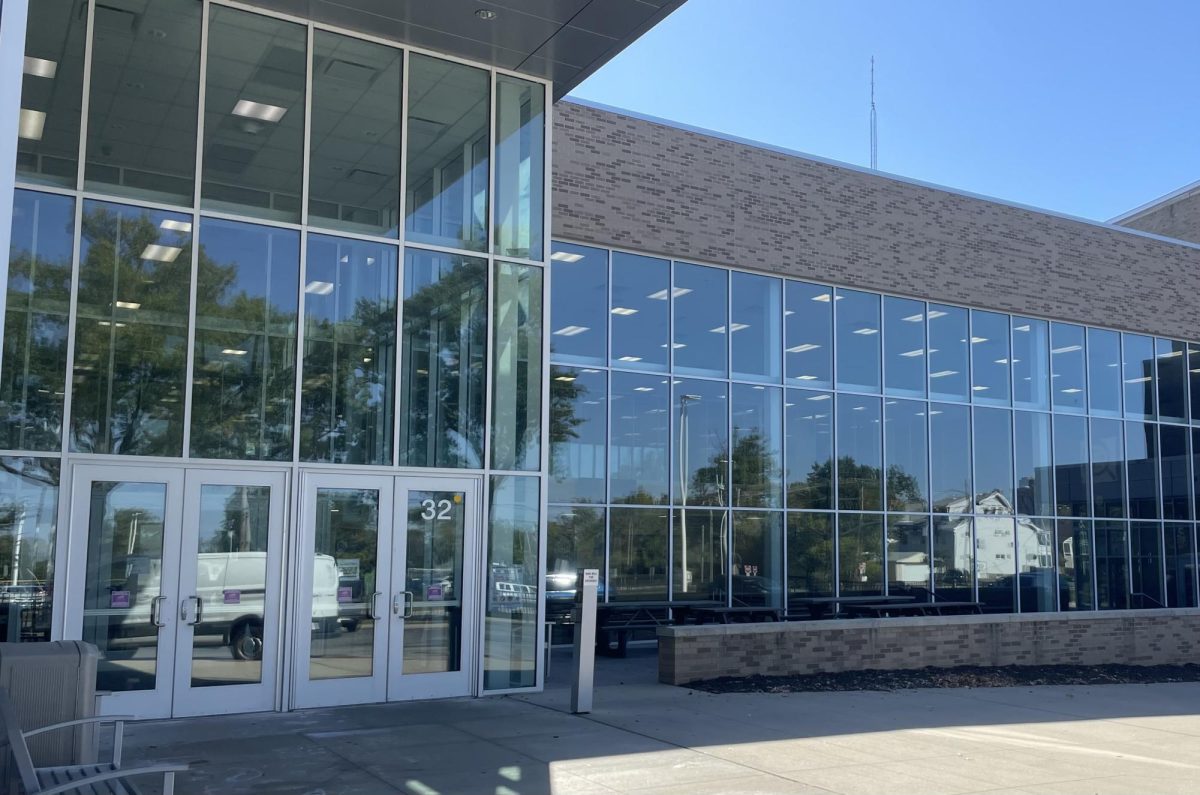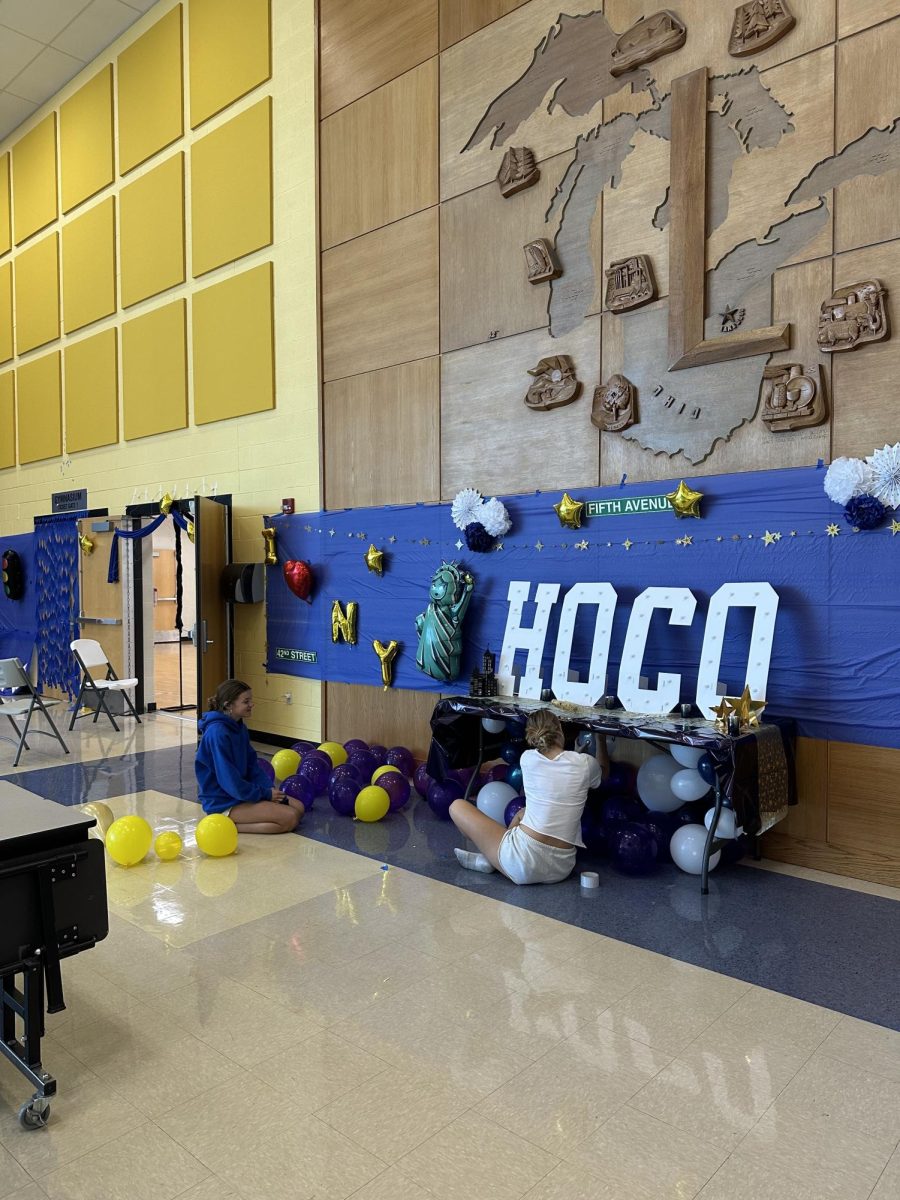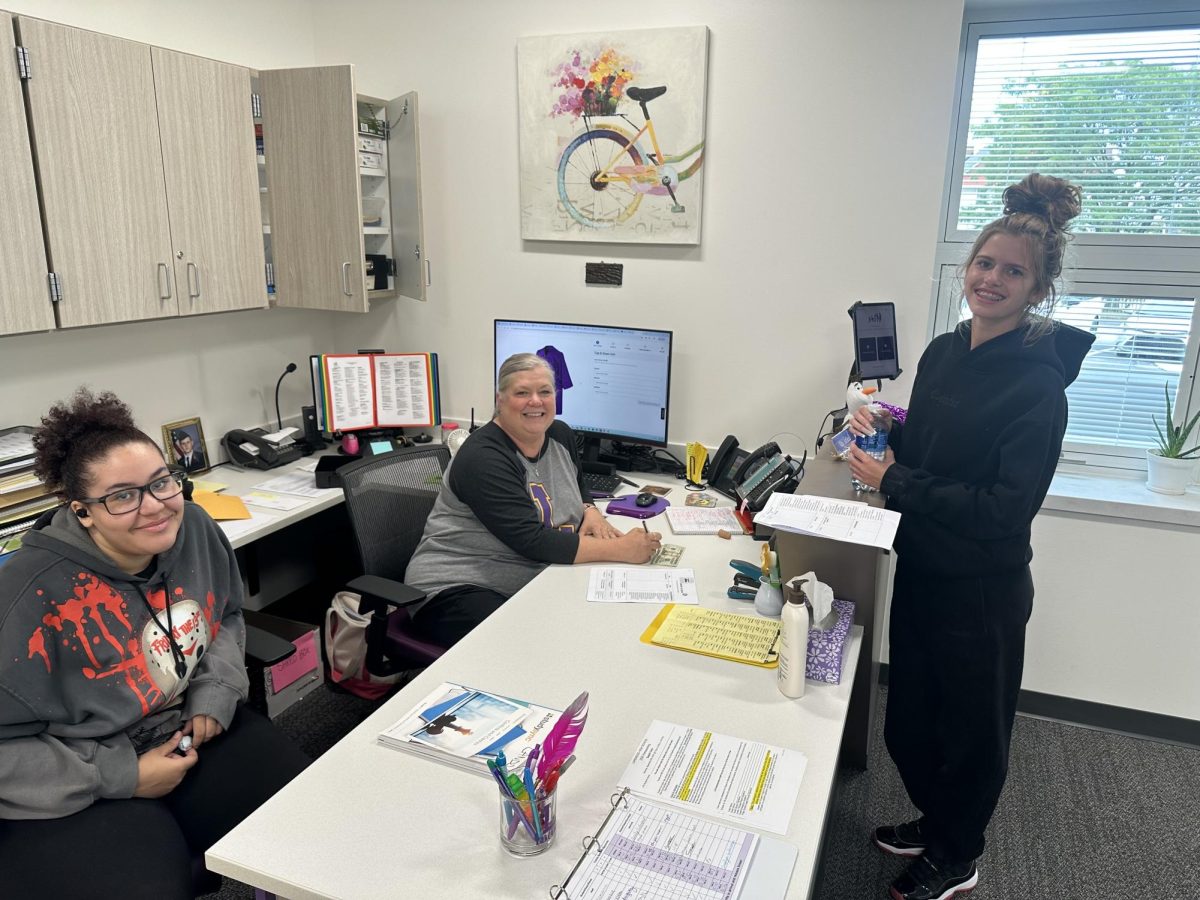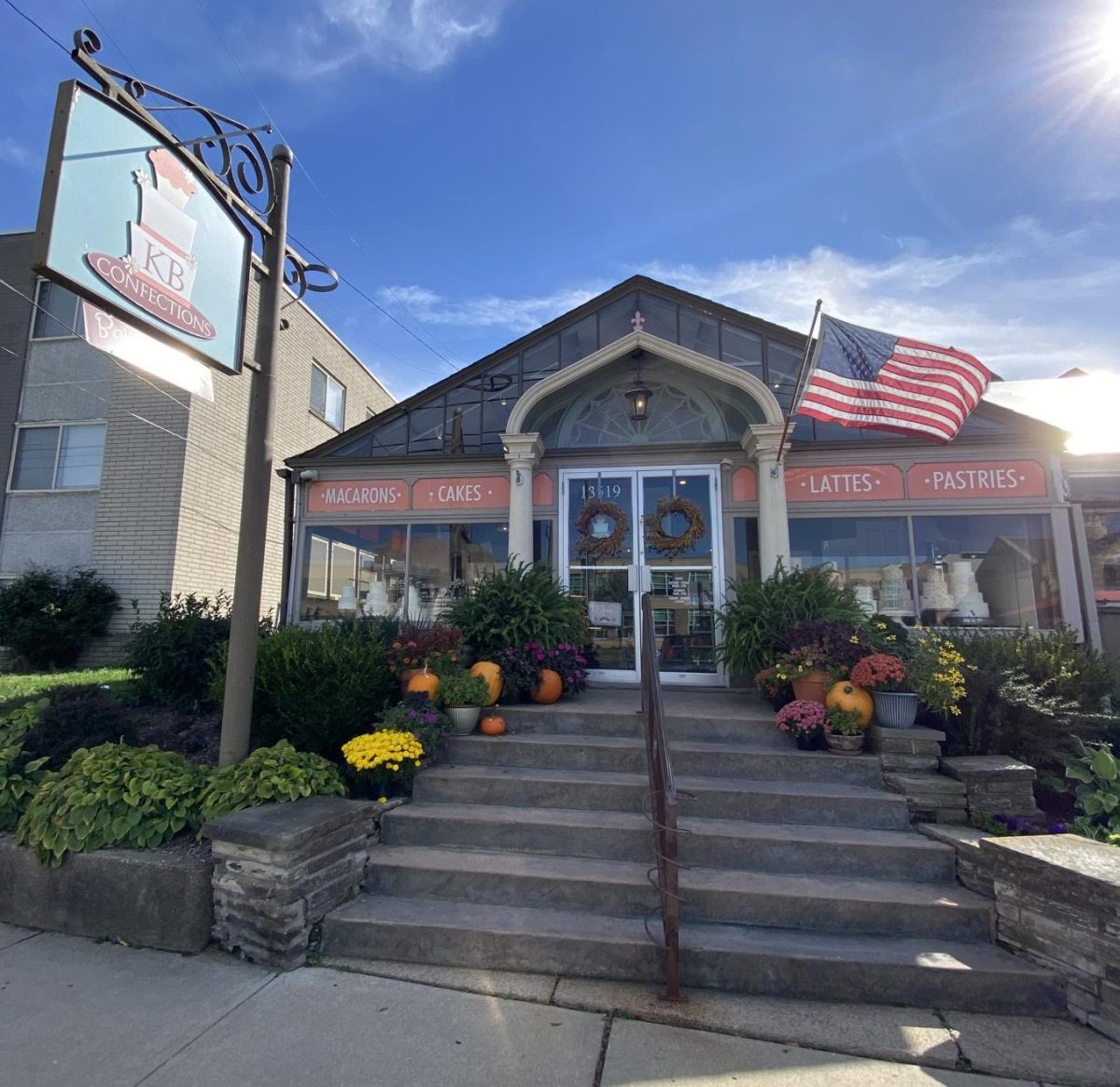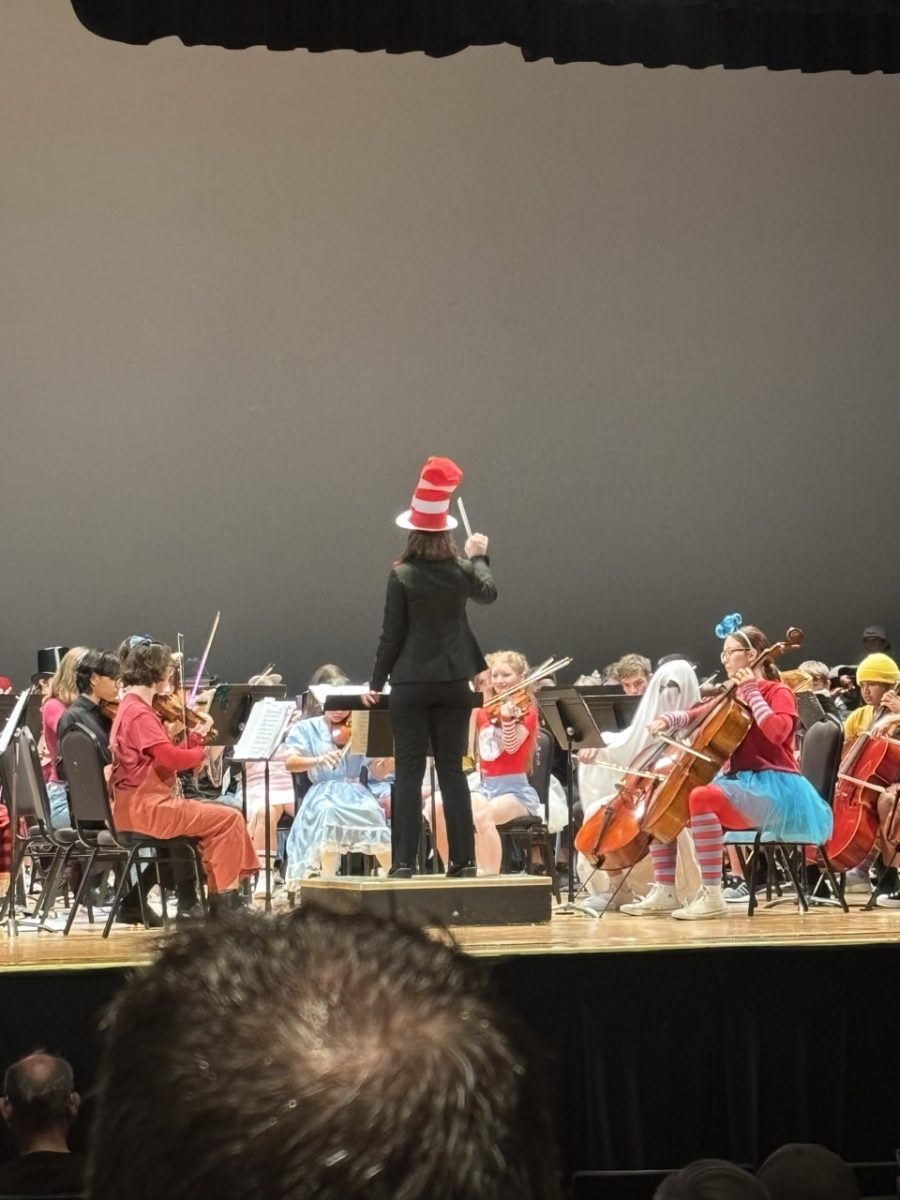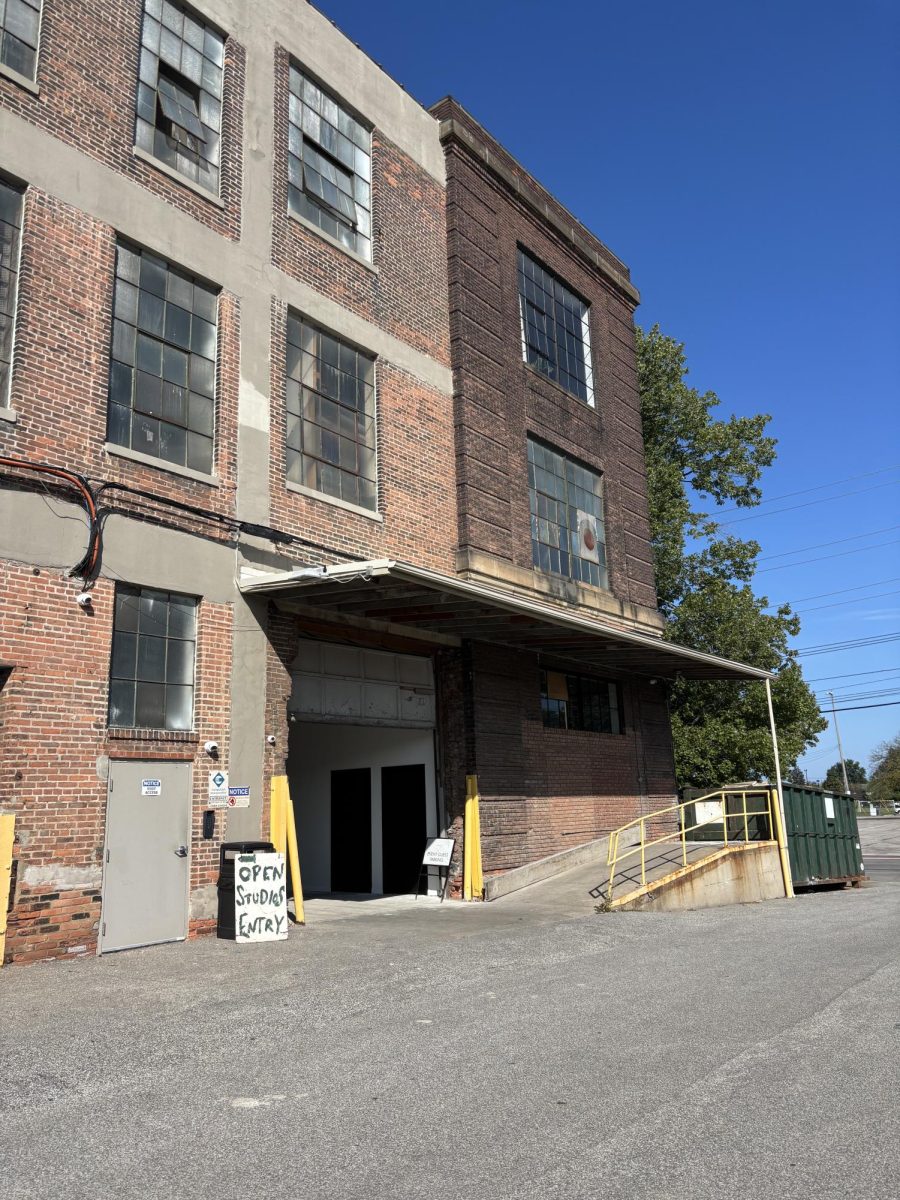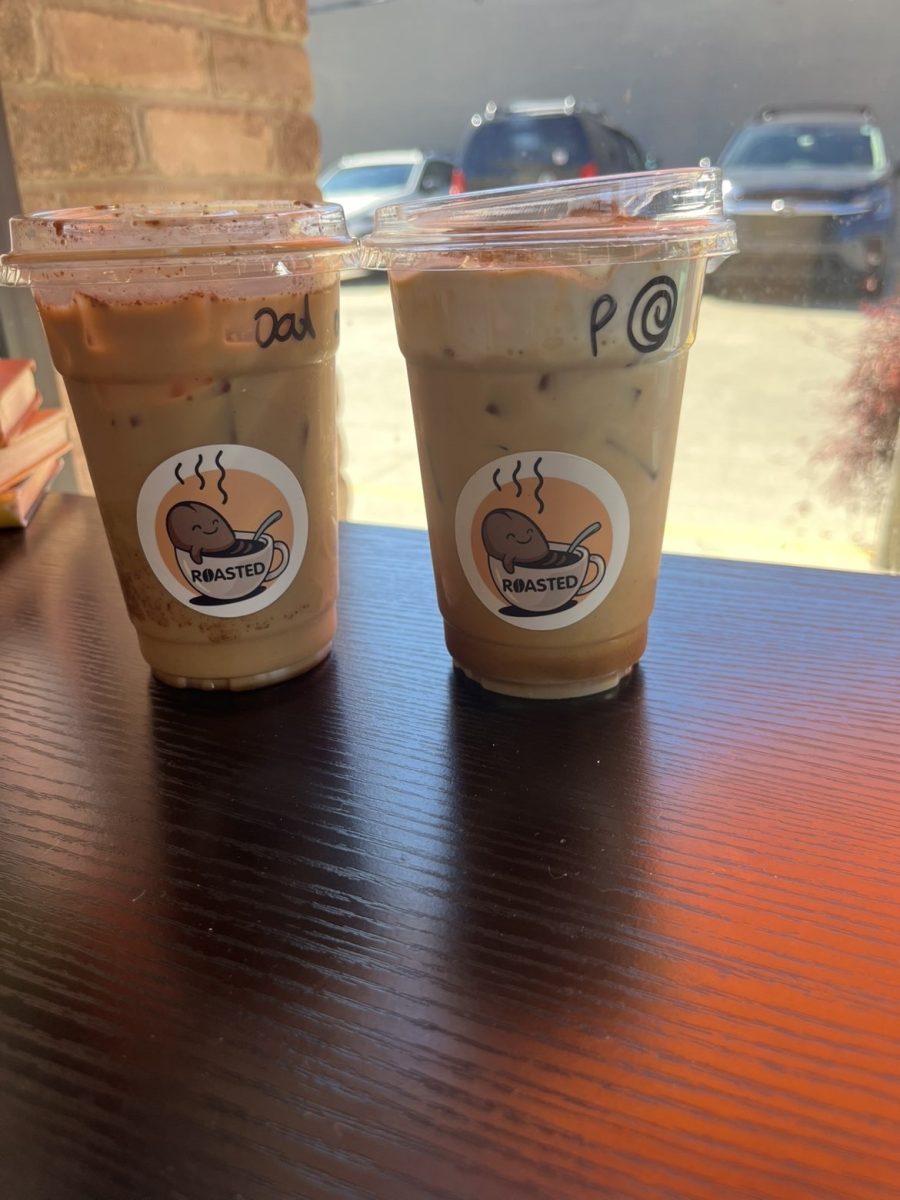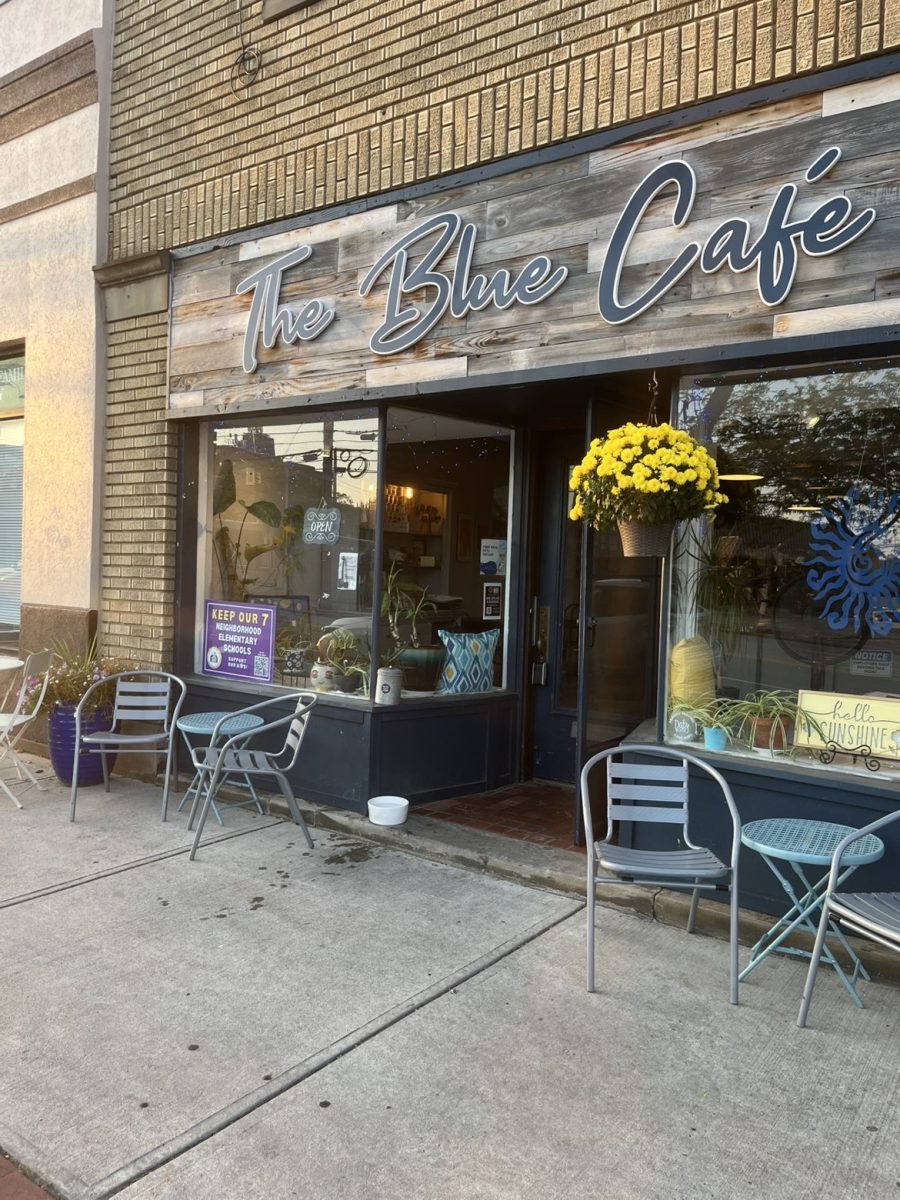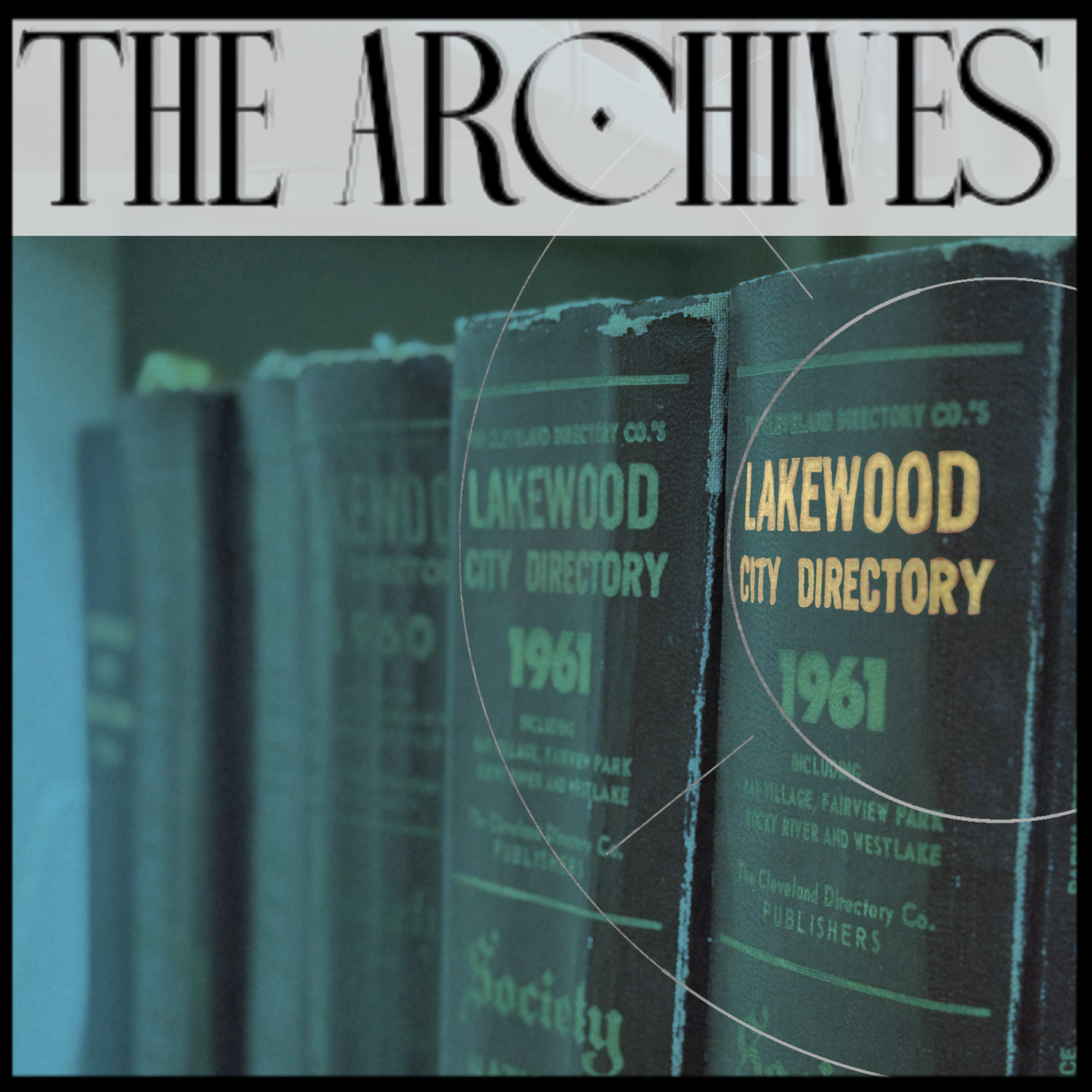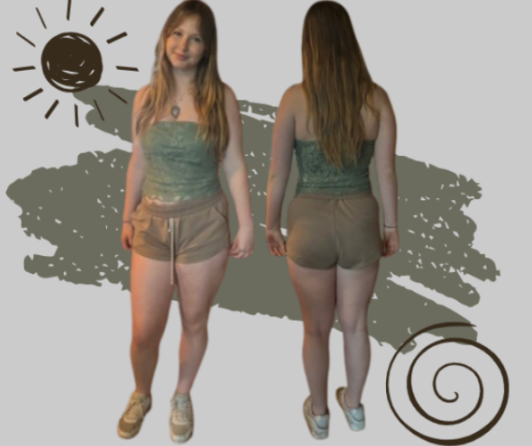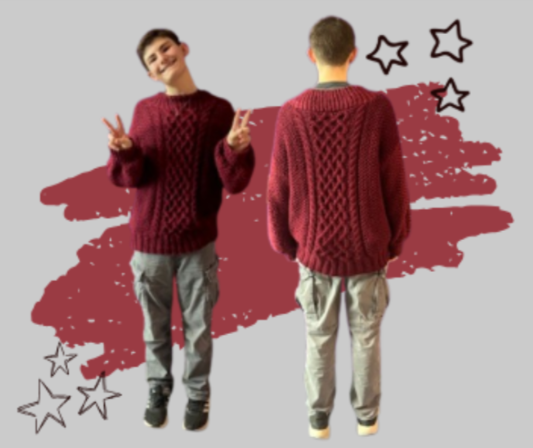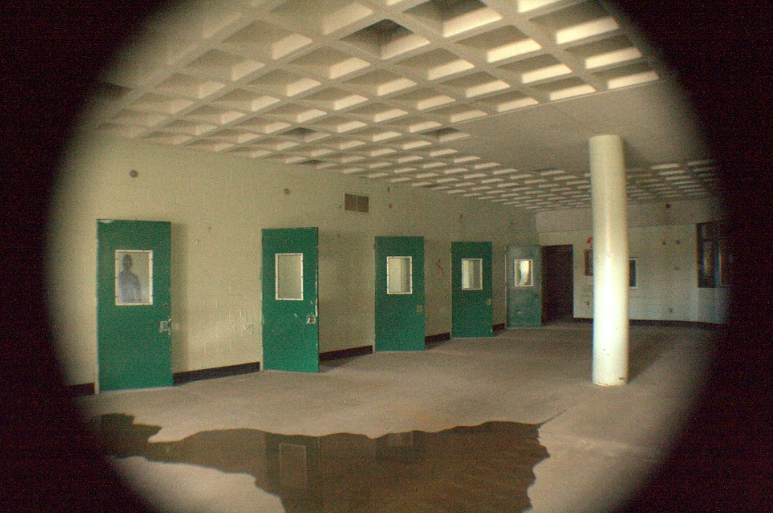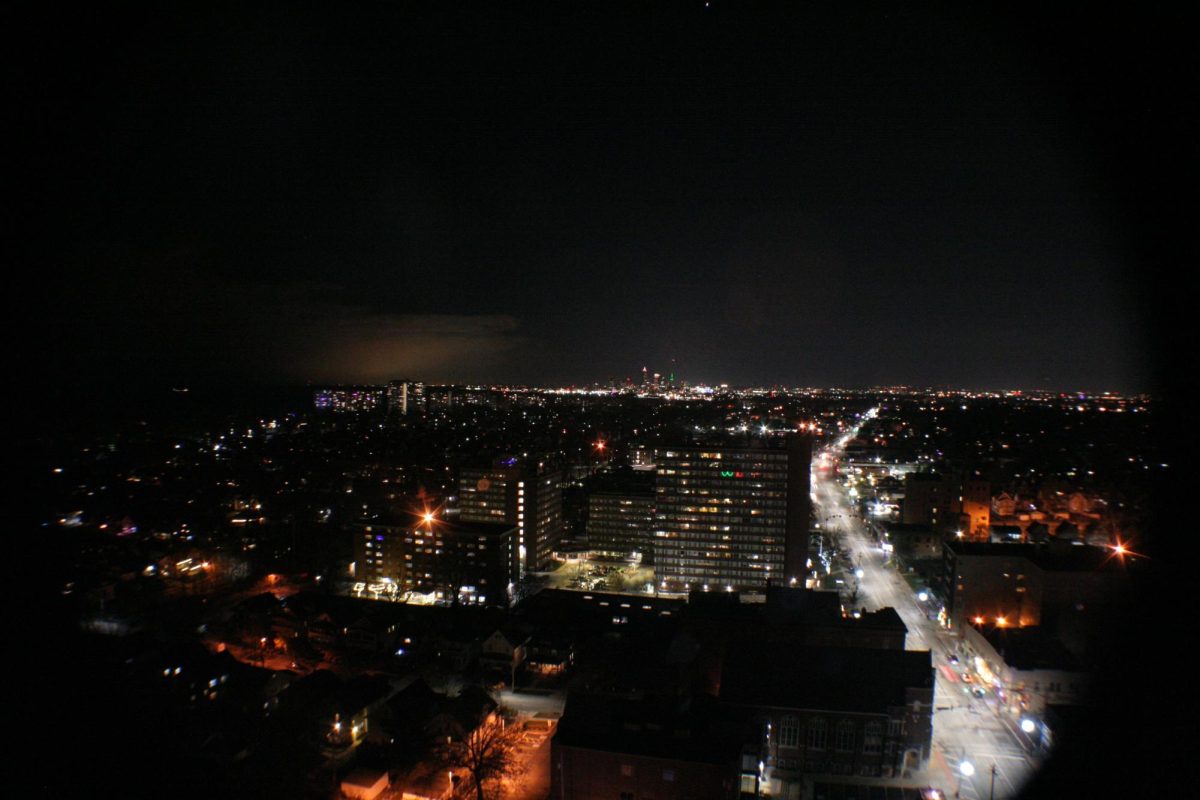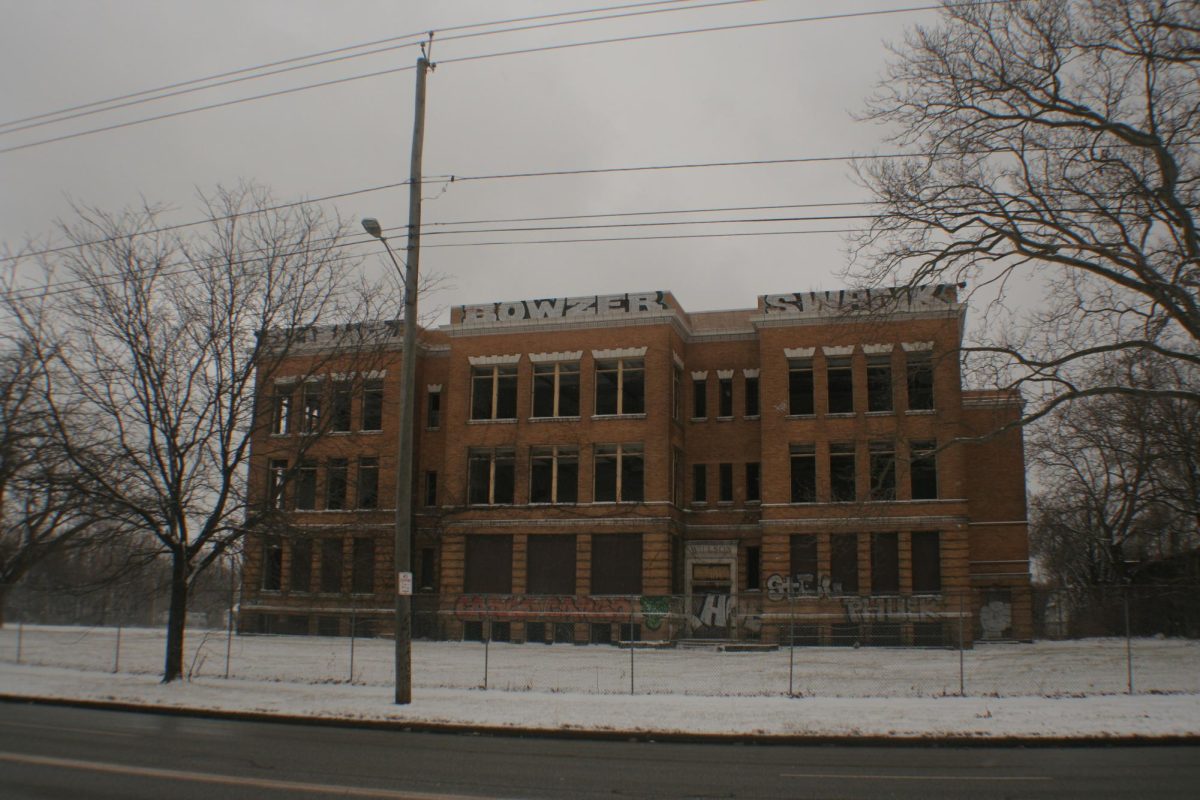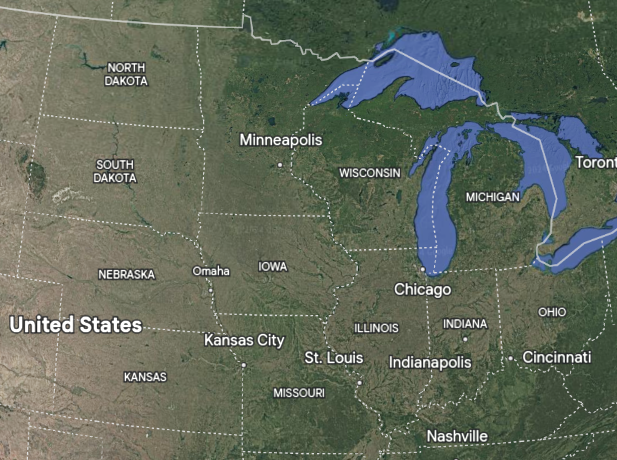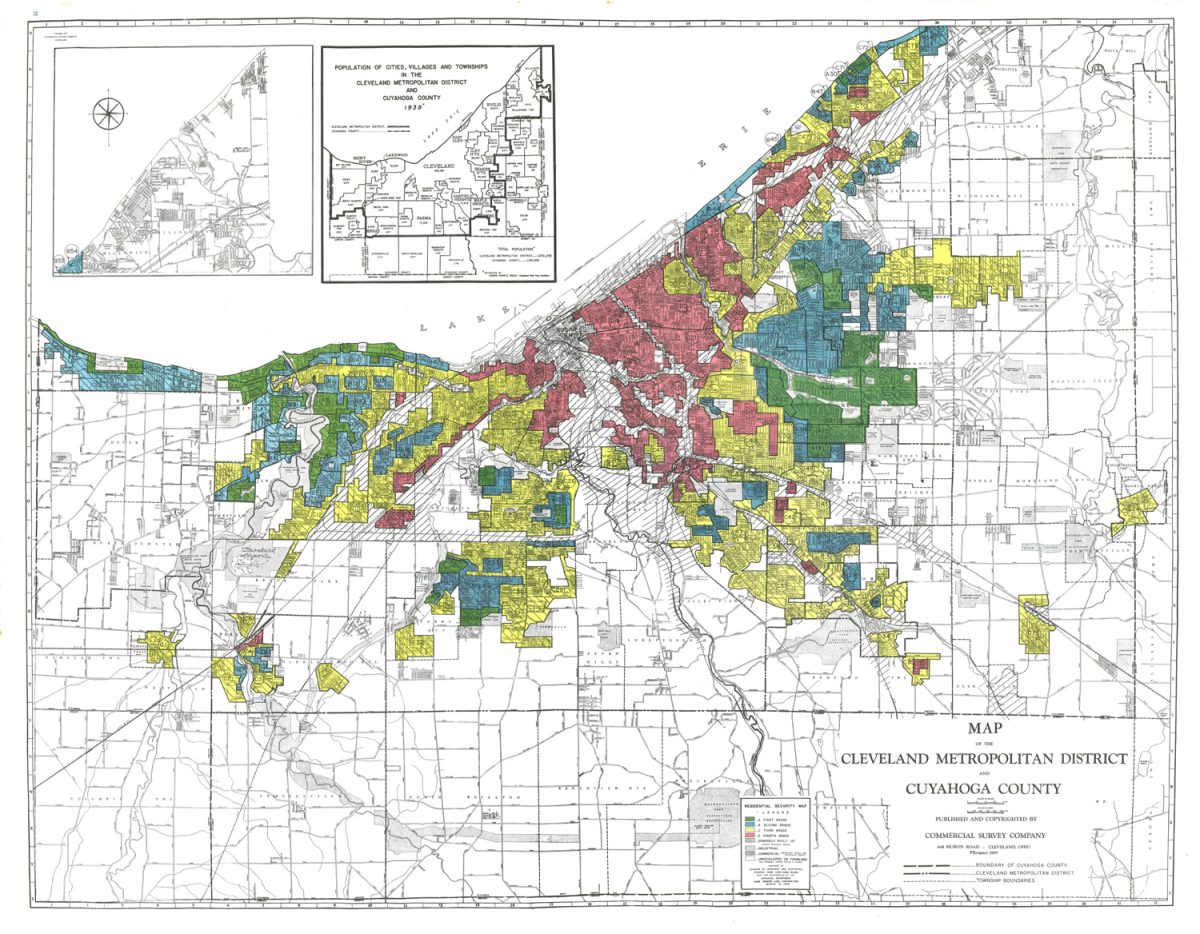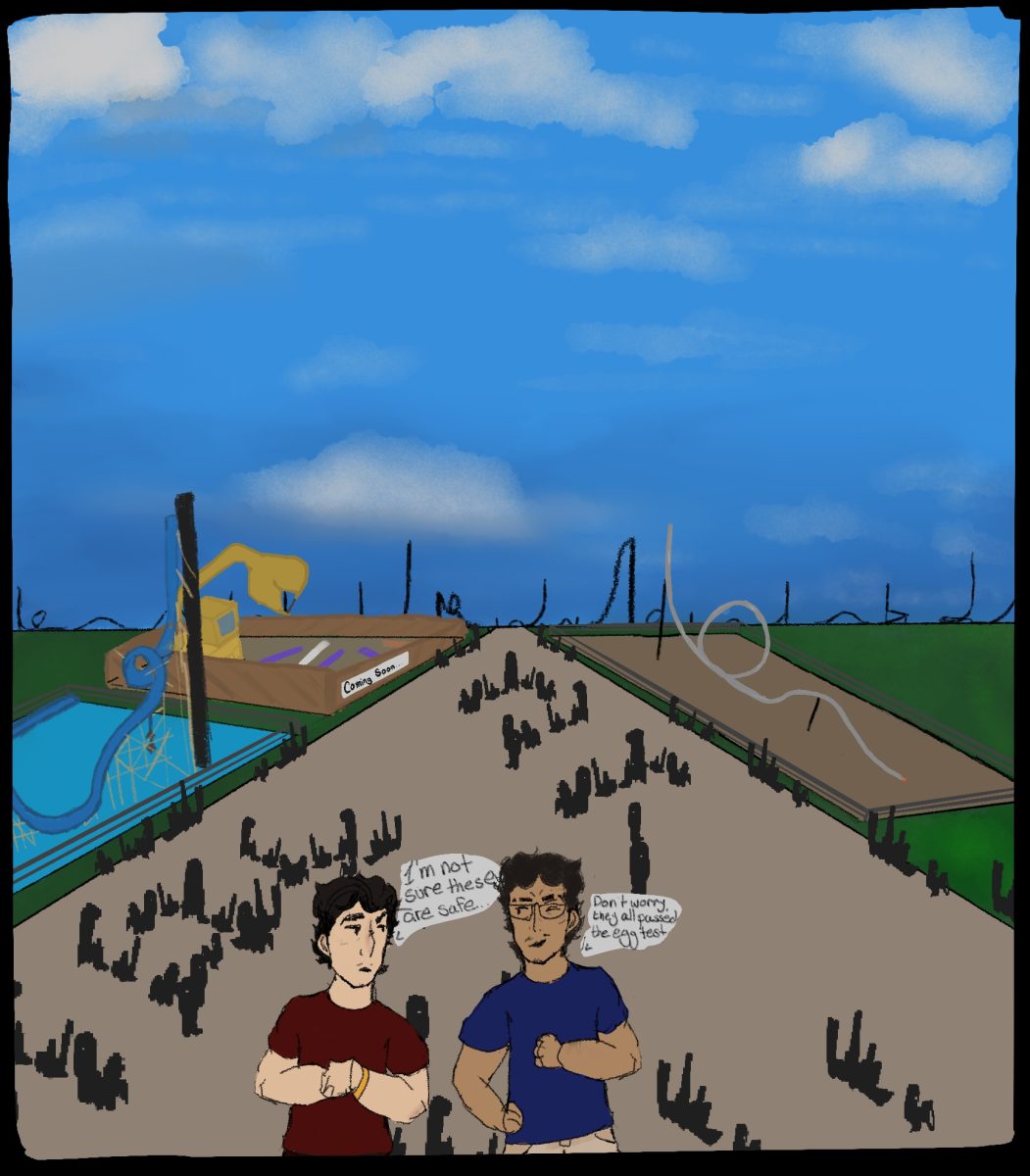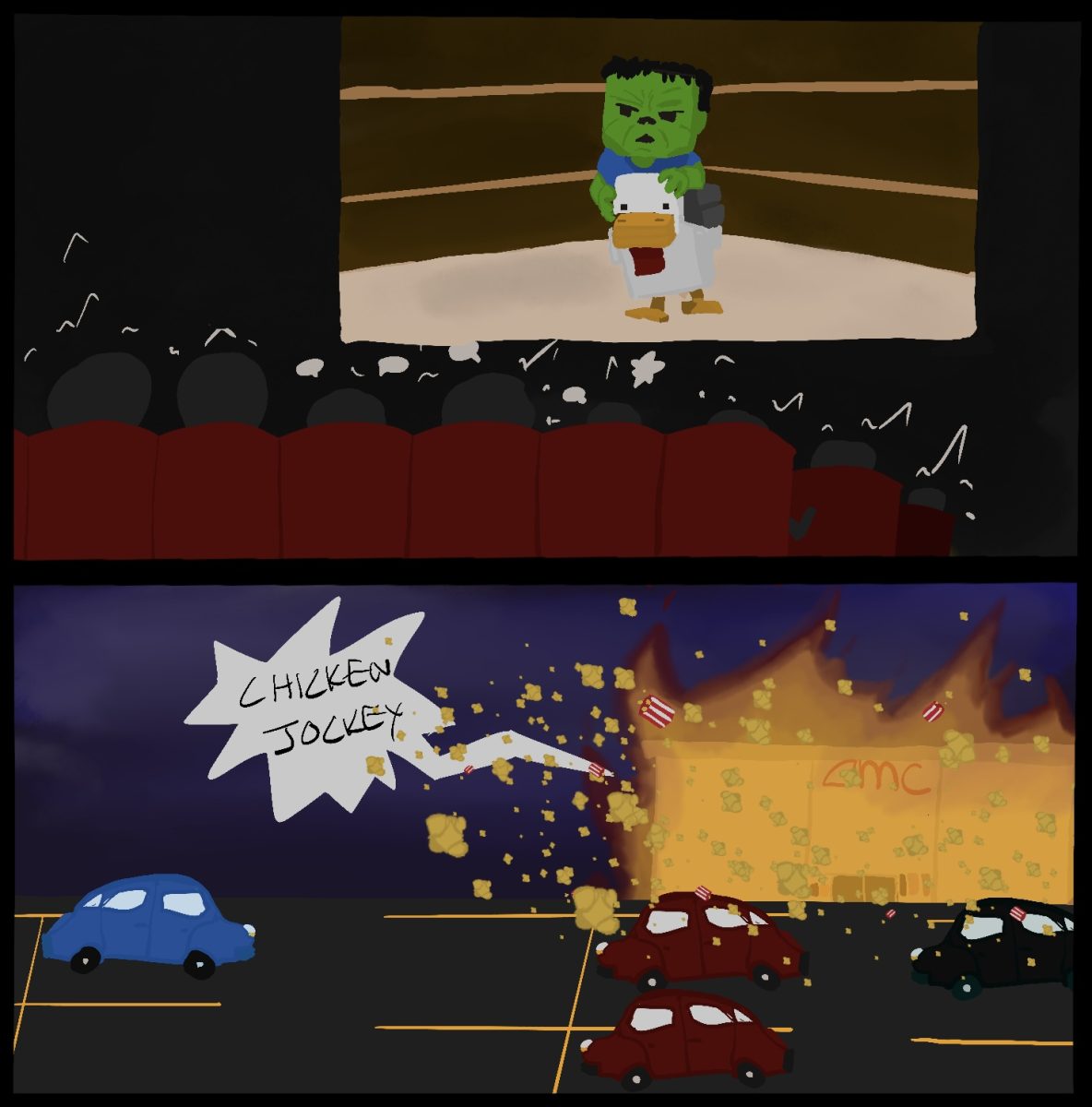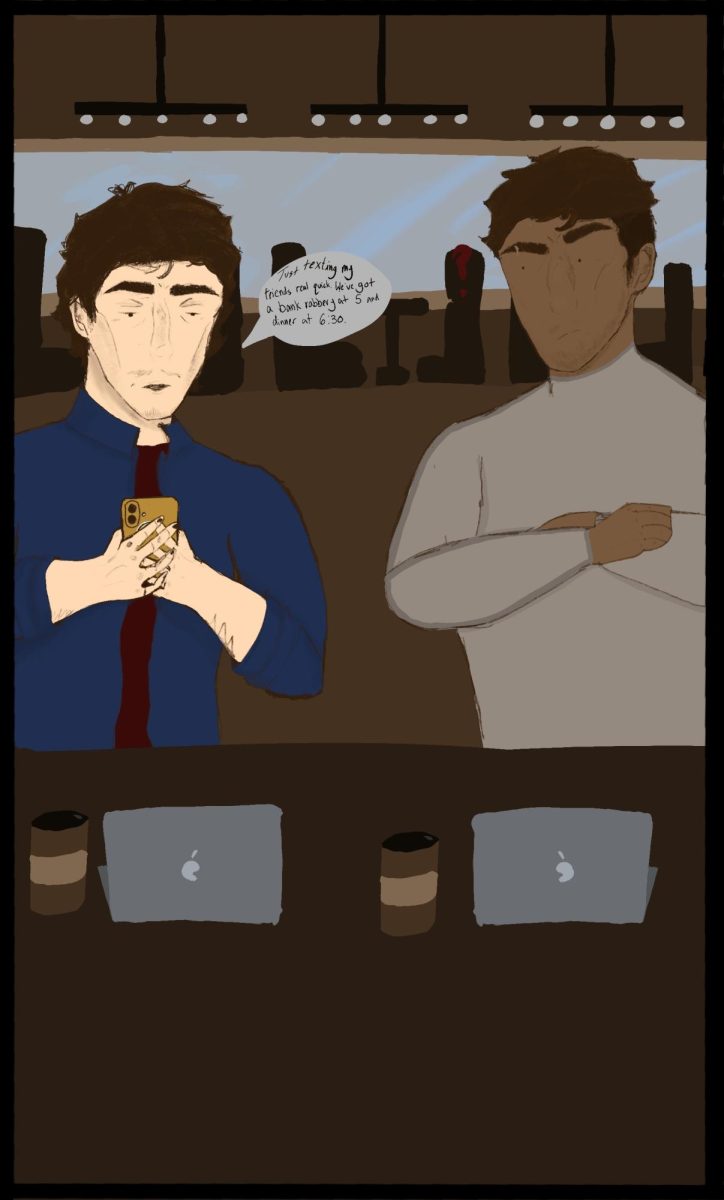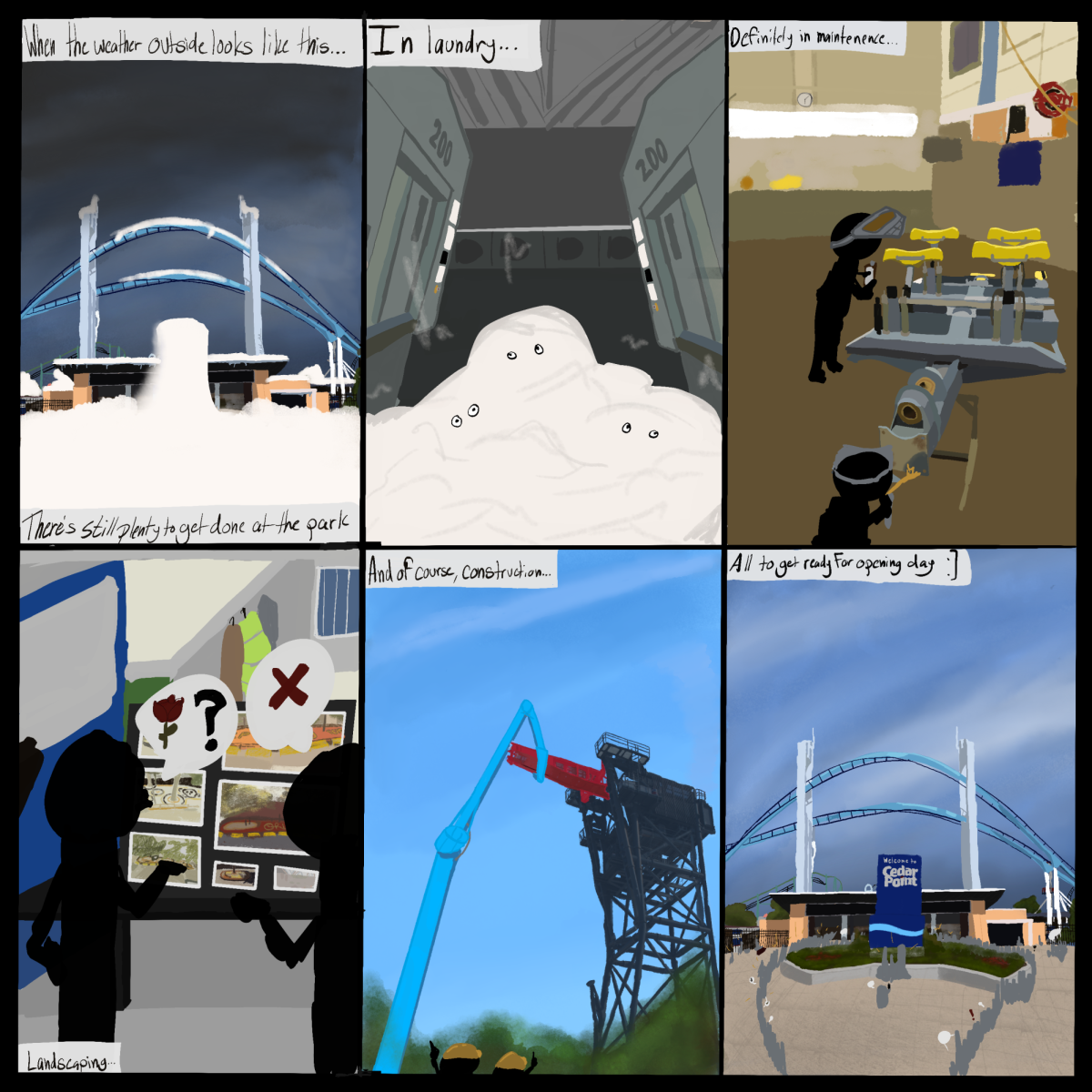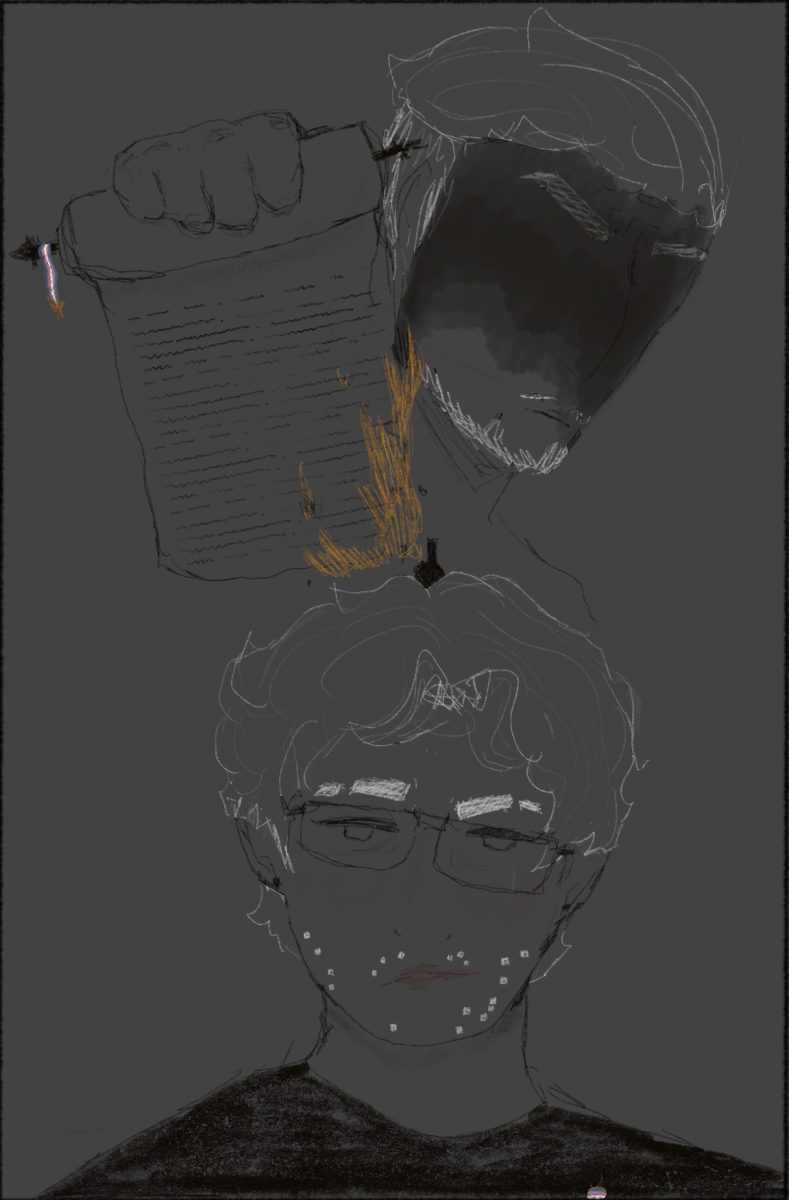The Westinghouse Electric Corporation was founded in 1886 by George Westinghouse.

Originally, it was named “Westinghouse Electric & Manufacturing Corporation” until 1945, when it got shortened to “Westinghouse Electric Corporation.” During the 20th century, the company was a major producer of heavy machinery, consumer electronics, household appliances, generators, turbines, and general industrial and electric wares. The Westinghouse Corporation was also a major player in the early days of nuclear energy, starting with the Westinghouse Atom Smasher. Sometime around the 80s, the company would enter the financial services field, dealing with things like mortgages. During the late 80s, this operation suffered severe losses, and eventually, in 1992, they began to restructure and liquidate their financial operations. In 1995, the company acquired the CBS television network and renamed it CBS Corporation. At that point, the company sold off most of its industrial operations, and in 1999, Viacom began the process of purchasing the CBS Corporation.
Today, some of the only surviving remnants of the Westinghouse Corporation are their name, the nuclear division (which in 1999 was sold to Great British Nuclear), and abandoned, decaying factories and warehouses. What’s left of one of these buildings resides in West Cleveland near the river.
John Walker originally owned this plant, and under his ownership, the plant produced heavy machinery like hydraulics and railroad equipment.


In 1898, Walker lost in a lawsuit filed by George Westinghouse, which led to Westinghouse’s acquisition of the building. Upon obtaining the building, Westinghouse wasted no time and began producing various aluminum and brass products, later expanding into lights and other lighting-related products. By 1960, the factory employed more than 500 workers and became the headquarters for the Westinghouse lighting division, which would close in 1979.
In 1994 the Eaton Corporation purchased Cleveland Westinghouse facilities for $1.6 billion. During the late 2000s and 2010s, it was difficult to tell who owned the building, but it was for sale until 2021, until Michael Trebilcock purchased it. Trebilcock began the demolition of the plant in late 2022 with the intention of redeveloping the area. In January 2024, the Cleveland City Planning Commission approved schematics for the redevelopment of the property.
Despite the demolition and plans to redevelop the building, some of it remains, and the property is relatively easy to access and is easily visible.

What’s left is the 8-story tower building, parts of the foundry, and the water tower. Outside the property, the building is scattered with beginner graffiti tags of varying sizes, a small ramp-like face and ledge turned into skateboarding spots, and is pockmarked with pebbles and weeds.

Even though the property is easily accessible, the foundry is the only part someone can walk into and around. The door into the water tower is locked, blocked, and/or stuck and would require force to open and doesn’t appear to have any other spots someone could crawl or climb through. The foundry has two easy ways to enter: a wall to shimmy on that leads to a crack and a door that opens from one side and locks. The tower is difficult to enter without force or climbing/crawling and is seemingly an active construction site.
Once you figure out a way in, the property is like any other abandoned establishment, with dust, dirt, trash, and graffiti.
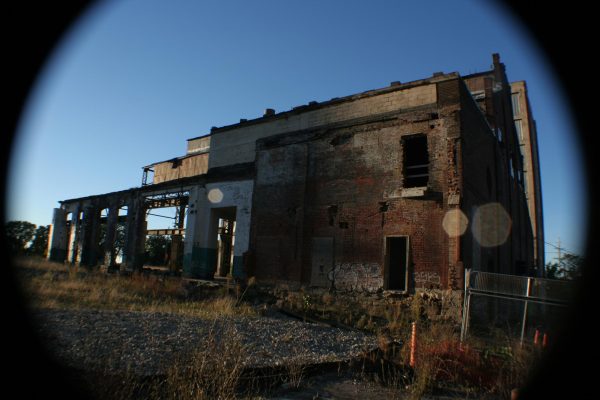
Once you wind up at the foundry, there are three levels. The main/first level is the easiest to access and has little to see except a great view of the water tower and the old building itself.

The first level has two sets of stairs; one goes to the larger upper level, while the other leads to the darker and dirtier lower level. The lower level has an expansive open area and several small rooms full of old metal objects, trash, and broken glass.

The open area has an old track with a chain and hook, likely used to move heavy objects or molten metal, and a view out into the barren field where the rest of the old building used to reside.
It’s a much different environment on the upper level compared to the lower two, despite still being covered in trash, dirt, and glass. The upper level has a few larger rooms, two of which have large windows with an exceptional view of downtown Cleveland, big walls that act like canvases for beginner graffiti writers —


and a large, concrete balcony-like platform. This platform is crumbling and has ‘do not enter’ signs, so it’s likely unsafe to walk on, but there is a great view on it. The upper level also has a stairwell that leads to the first floor and down to the one-sided door out to the street.
